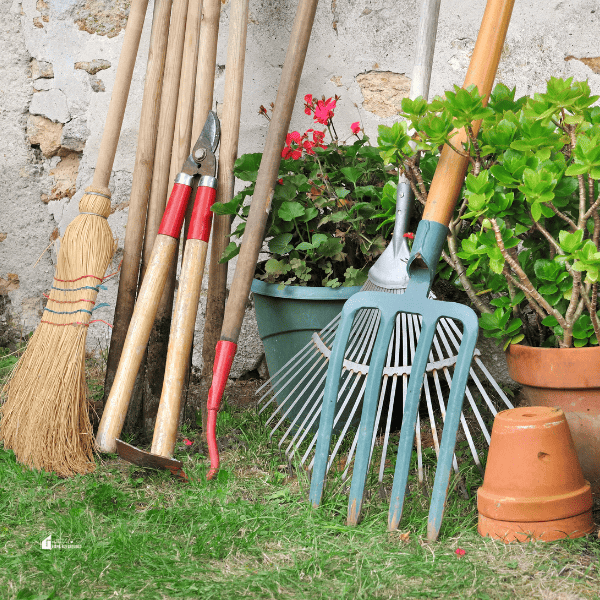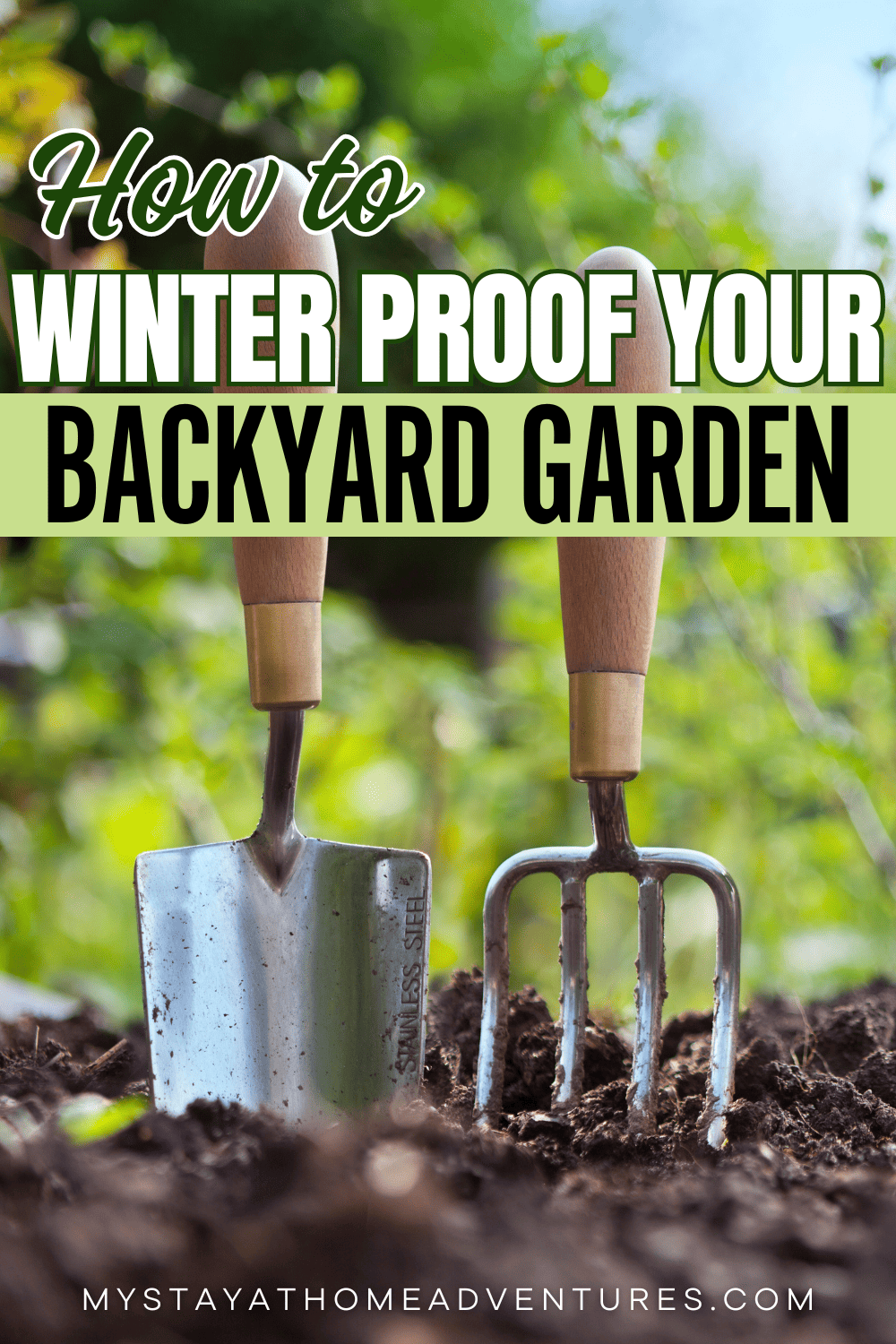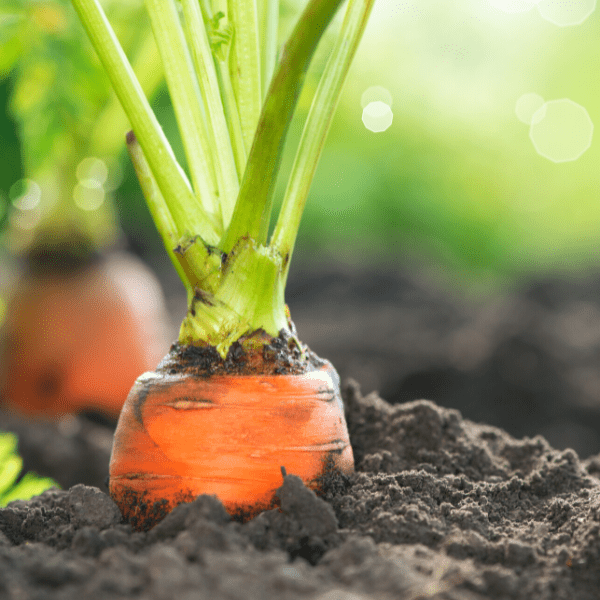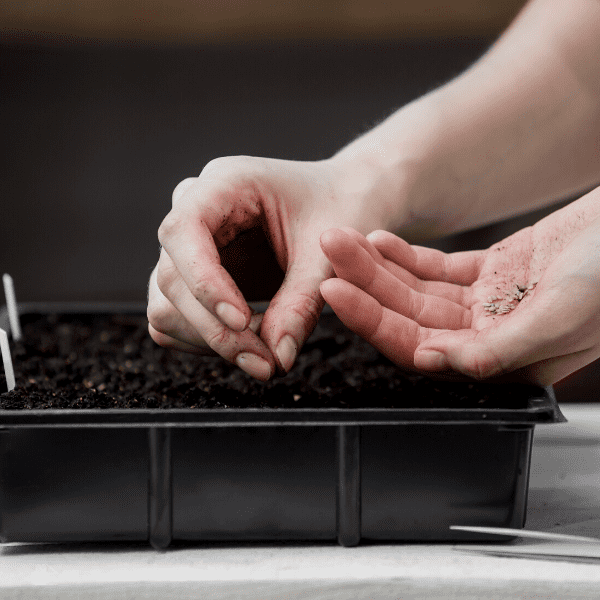How To Winter Proof Your Backyard Garden
This post may contain affiliate links which might earn us money. Please read my Disclosure and Privacy policies hereAs the chill of winter approaches, it's crucial to prepare your garden for the harsh weather ahead. Winter-proofing your garden not only protects your plants from the cold but also sets the stage for a flourishing garden come spring. This guide will walk you through the essential steps of preparing your garden for winter, from assessing your garden's needs to planning for the upcoming spring season.

Assessing Your Garden: A Comprehensive Evaluation
Start your winter garden preparation by conducting a thorough evaluation of the plants in your garden. It's important to remember that perennials, shrubs, and trees often have different requirements when it comes to winter care. Certain plants may need careful pruning during the colder months, while others are best left undisturbed, waiting for the arrival of spring. Researching the specific needs of each type of plant in your garden is essential to ensure that they not only survive but also thrive during the winter months.
Your local climate also plays a significant and often underestimated role in how you should winter-proof your garden. In regions that experience mild winters, you may find that minimal preparation is needed.
However, in areas where severe frost is a common occurrence, you will likely need to take more extensive measures to protect your plants. Be sure to check your local frost dates and weather patterns, and adjust your garden's winter preparation accordingly.
Preparing Your Soil: A Crucial Step
After your annual plants have completed their life cycle, it's time to clear them away from your garden. This step is crucial as it helps prevent the build-up of disease and pests in the soil, which can be detrimental to your garden's health. Make sure to properly dispose of any diseased plants to avoid contaminating your compost pile.
Fall is the optimum season to enrich your soil with compost and other organic matter. Spreading a generous layer of compost over your garden beds will help replenish the nutrients that have been consumed over the growing season. As this compost decomposes over the winter, it will significantly improve the fertility of your soil, making it ready for spring planting.
Protecting Your Plants: Shielding from the Elements
Mulching is one of the most effective ways to protect your plants from the harsh freezing temperatures of winter. Apply a thick layer of organic mulch, such as straw or leaves, around the base of your plants. This insulates the soil and helps maintain a stable temperature, keeping the root systems warm and retaining crucial moisture. If you don’t know where to get high-quality mulch, you can easily do it online through a mulch supply and delivery service.
Delicate plants and tender perennials may need additional protection during the colder months. Consider using cloches, row covers, or even old blankets to shield these plants from frost. It's important to ensure that these coverings are secure to withstand winter winds, but they should still allow some airflow to prevent moisture build-up, which could lead to other problems like mold and mildew.

Preparing Garden Structures
As winter approaches, preparing your garden furniture and tools for the harsh weather ahead becomes essential. This involves a thorough cleaning process to remove any residual soil and rust from tools before storing them in a dry, safe place for the duration of the colder months. Carefully clean your garden furniture, getting into all the nooks and crannies, then either cover it securely with weatherproof covers or store it in a shed or garage to prevent damage from frost, snow, and ice.
Garden hoses also need attention during this period. To prevent them from freezing and subsequently cracking, it is advisable to drain and store them indoors. If you have an irrigation system, take the time to ensure it's fully drained and shut off to avoid any potential freeze damage. Outdoor taps, too, can be vulnerable to freezing temperatures, so protect them with insulation covers to prevent any possible damage.
Planning for Spring
The winter season provides an excellent opportunity for gardeners to start planning for the spring planting season. This is a perfect time to reflect on the successes and failures of the past season, and to think about what plants, flowers, or vegetables you’d like to introduce into your garden in the upcoming year. Consider sketching out a detailed garden plan that takes into account factors such as crop rotation and companion planting, which can significantly optimize your garden’s health and yield.
In anticipation of the spring season, order your seeds and bulbs during the winter months. Having this head start means you're well-prepared for the start of the growing season. Many seasoned gardeners even start seeds indoors during the late winter months, which gives their plants a head start when they're transferred outdoors. Having your seeds ready and waiting means you can begin this process as soon as the time and conditions are right, giving your garden the best possible start to the new growing season.

Conclusion
Winter-proofing your garden might seem like a daunting task, but it’s an essential part of being a gardener. By taking the time to prepare your garden for the cold, you’re not only protecting your plants but also setting the stage for a vibrant and productive spring. Remember, each step you take now will pay off when the warmer weather returns. Happy gardening!







